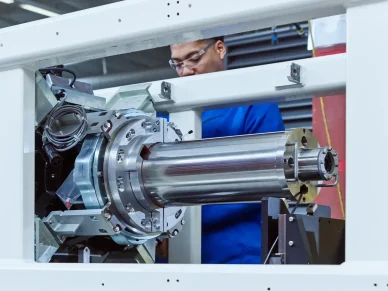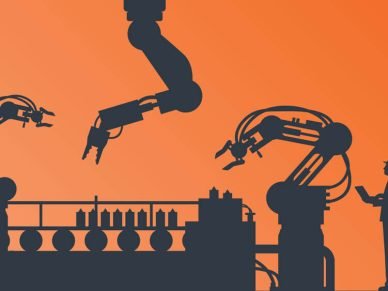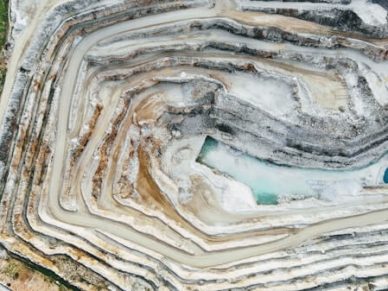Suncor’s use of an AHS reflects the mining industry’s shift towards increased automation
Northern Alberta is home to third largest oil deposit in the world—behind Saudi Arabia and Venezuela—where 400-ton gigantic haul trucks that run along the region to help transport the oil sands are dubbed as “the biggest trucks in the world.”
Although these trucks are run by operators, self-driving trucks are being tested at many operations in Alberta to see whether the autonomous vehicles can work in northern Alberta’s ever-changing climate.
Suncor Energy Canada’s largest oil company pioneered the GPS-assisted autonomous haulage system (AHS) test.
The company has now entered into a one-year pilot project with Komatsu Ltd—the Japanese manufacturer that is a world leader in AHS and specializes in mining and construction equipment—to purchase six new 400-ton autonomous haulers for its mining operations in northern Alberta.
Komatsu recently said its autonomous dump trucks “hauled over one billion tons of overburden and minerals at large-scale mines” in Chile and Australia.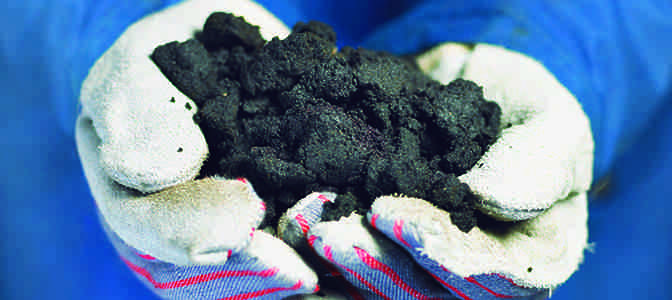 The demand for driverless trucks increases as Suncor and its competitors strive to cut costs and increase productivity in order to tackle the steep fall in oil prices.
The demand for driverless trucks increases as Suncor and its competitors strive to cut costs and increase productivity in order to tackle the steep fall in oil prices.
“Front Runner [the name of Komatsu’s AHS] is designed to achieve a safer, more reliable and cost-effective workflow, without taking over the entire operation. This large-scale, non-stop haulage system helps traditional, manually-operated equipment and light-duty vehicles to operate safely and efficiently alongside a fleet of Komatsu autonomous haul trucks.”
– Komatsu.
Suncor said that it is still evaluating the AHS system and will decide next year whether to fully bring in the system, with implementation expected over several years.
Driverless trucks aren’t new to the oil and sand industry. Mining giants such as Rio Tinto Group and BHP Billiton Ltd. already use them at many of their operations.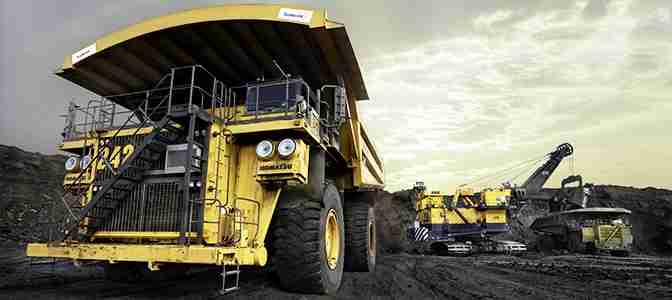 Job Loss Concerns
Job Loss Concerns
Each autonomous truck could potentially replace five jobs, according to Ken Smith, president of Unifor 707A in Fort McMurray. He predicts that the AHS technology being tested will leave 1,000 workers unemployed.
“It’s one of our biggest fears,” said Smith. “That these autonomous-haul trucks could replace one-third of our workforce.”
Smith fears that other mines will quickly adopt the AHS, creating employment risks for more men and women. “Trucks don’t get pensions, they don’t take vacations, it’s purely dollars and cents,” added Smith. Komatsu Responds
Komatsu Responds
Komatsu reacted to the job loss concerns by suggesting that the trucks will actually open new, high-tech positions: “These newly improved machines don’t suddenly design, manufacture, train, maintain or fix themselves,” said Raleigh Floyd Jr., spokesperson for Komatsu.
“Now, multiple people can work on multiple tasks, instead of multiple people working on a single task. Project areas that were shorthanded no longer have to make do,” explained Floyd Jr.

